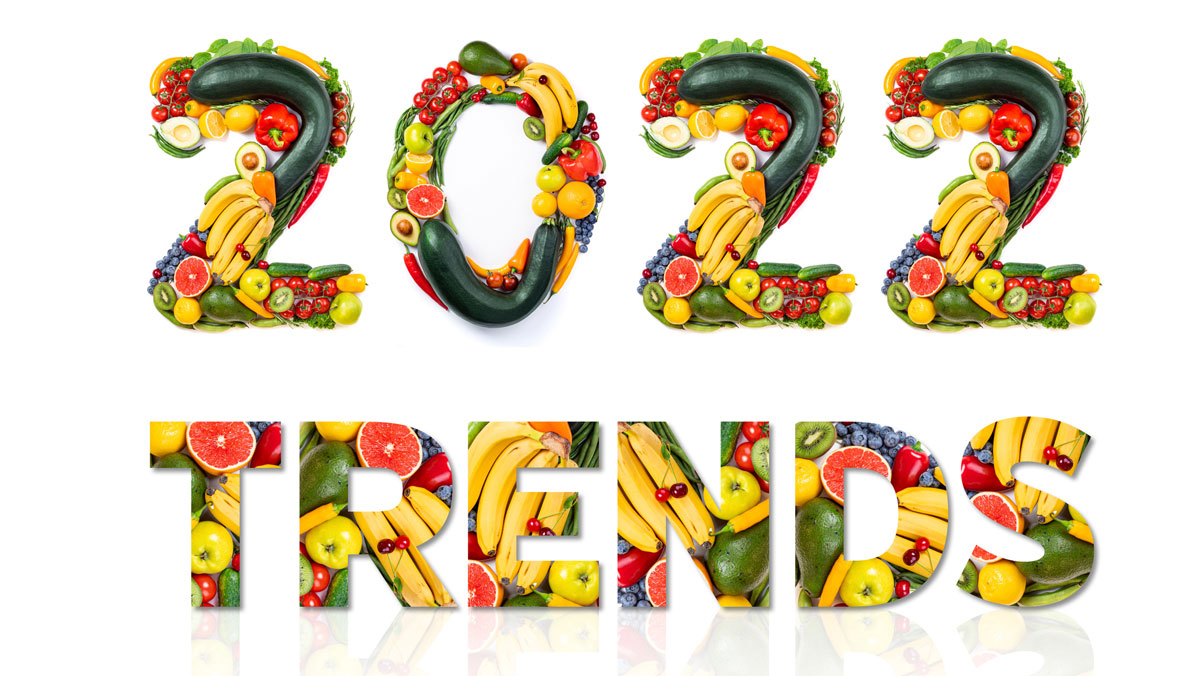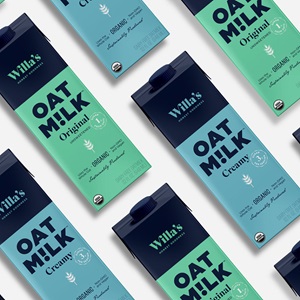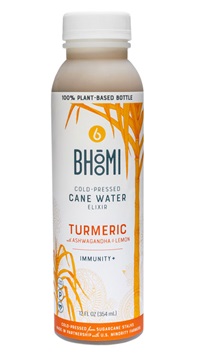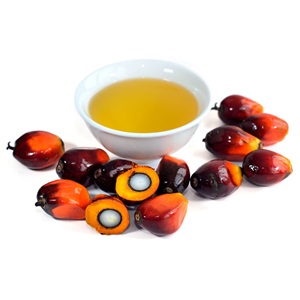10 Food Trend Predictions for 2022
The editors at Food Technology magazine, published by the Institute of Food Technologists (IFT), have announced their predictions for the hottest food trends for 2022.

 The editors at Food Technology magazine, published by the Institute of Food Technologists (IFT), have announced their predictions for the hottest food trends for 2022. Here’s what they’re forecasting for the coming year:
The editors at Food Technology magazine, published by the Institute of Food Technologists (IFT), have announced their predictions for the hottest food trends for 2022. Here’s what they’re forecasting for the coming year:
 Alt-Meat Consolidation
Alt-Meat Consolidation
The alt-proteins sector shows every sign of being ripe for robust M&A activity in 2022. It's a classic build-it-or-buy-it scenario, as upstarts in the plant-based and cellular market look to quickly fortify their first-mover advantage, while traditional giants invest to hedge against seemingly inevitable market shifts. The plant-based front-runners, including Impossible Foods and Beyond Meat, have been accumulating cash needed for bold moves. Meanwhile, traditional meat companies like Tyson and Cargill have spread investments across a field of cellular protein companies, including New Wave Foods, Memphis Meats Aleph Farms, and Future Meat Technologies.
—Bill McDowell, Editor-in-Chief
Discriminating Consumers Will Get Choosier
A growing group of highly health-aware consumers, concerned about the impact of specific food groups (meat, dairy, sugar) on their well-being, will embrace dietary changes, creating more opportunities for the next generation of plant-based foods, lower-sugar offerings, and other healthy lifestyle products. The trend will be driven by aging boomers facing medical problems and nutritionally savvy millennials.
—Mary Ellen Kuhn, Executive Editor
Upcycling on the Upswing
The concept of upcycling food waste has been around for years but expect it to become front and center for food manufacturers in the coming years. As higher commodity prices continue to stress bottom lines, companies are looking for new revenue streams from outputs that used to be considered waste. In October, Dole Sunshine Co. launched a new venture called Dole Specialty Ingredients to source and transform fruit side streams and unutilized fruit parts by repurposing them into high-value natural products like enzymes, extracts, seed oils, and fibers. More companies will follow suit.
—Kelly Hensel, Senior Digital Editor
 More Milk Alternatives
More Milk Alternatives
Plant-based milks have continued to surge in popularity due to their health and nutritional benefits, clean label attributes, and eco-friendly profile. Look for an explosion of new launches in this highly competitive space, where oat-based products recently outpaced soy to take the No. 2 spot in sales. While pea-based products have also caught on with consumers, a slew of new formulations made from beans, chickpeas, barley, hemp, and flax will continue to reshape and expand the milk-alternative space.
—Margaret Malochleb, Associate Editor
Smarter Era for Food Processing
As we continue to talk about the "New Smarter Era for Food Safety" processors look for ways to transform their operations to be more digitally integrated. However, this also creates reservations due to the fears of data breaches, and lack of capacity to meet the workforce needs of the future. There will be a renewed interest in the smart use of sensors, data, and AI models with strong prediction capabilities as digital tools promise increased efficiency, safety, and sustainability in the food processing industry.
—Ziynet Boz, Contributing Editor, Processing
 All is Calm
All is Calm
Immune health will remain top of mind for consumers, but expect increased interest in products that promote calm, relaxation, and stress reduction. The past two years have been anything but stable and peaceful, so ingredients reported to help with anxiety and stress will be popular. Look for melatonin, L-theanine, magnesium, and botanicals such as lavender, ashwagandha, valerian, and chamomile.
—Linda Milo Ohr, Contributing Editor, Nutraceuticals
Relaxed Food Safety in Cottage Foods
In 2021, there were 69 bills in 29 state legislative sessions that endeavored to relax or eliminate food safety requirements for retail sale of cottage foods; 14 were enacted into law. Arkansas and Montana, for example, now both exempt producers of homemade food and drinks from licensure, certification, and inspection. This kind of legislation puts the burden of food safety and inspection on the consumer. Food safety professionals should be proactive in educating consumers and providing data-based evidence to state legislators to help them make sound decisions as this trend continues in 2022 and beyond.
—Jane Caldwell, Contributing Editor, Safety & Quality
 New Insights Into Diet and Cancer
New Insights Into Diet and Cancer
A study published in Nature in November found that when palmitic acid, a fatty acid commonly found in palm oil, was added to the diet of mice, mouth and skin cancers were more likely to spread. Oleic acid and linoleic acid did not demonstrate such effect. This discovery augments our understanding of how diet and cancer are linked. This revolutionary study will lead to more studies in 2022 on how dietary choices influence the risk of cancer progression, and more significantly, how this knowledge can be used to enhance existing cancer treatments and discover new treatments.
—Gülhan Ünlü, Contributing Editor, Safety & Quality
Moving Toward More Intelligent Packaging
Scientific advances and economic need will spur the development of consumer- and retailer-friendly intelligent packaging. The science includes big data; the link between shelf life and pH, hydrogen sulfide, and carbon dioxide for specific foods; and advances in reactive inks. The economic need includes consumers realizing that food waste is expensive and inconvenient as they are faced with higher food prices and fewer store trips, and retailers realizing they can ease logistical stresses if they reduce in-store waste.
—Claire Koelsch Sand, Contributing Editor, Packaging
A Stall on the Path to the ‘New Normal’
The food/beverage and restaurant industries’ long-awaited journey to a “new normal” has stalled and run smack into economic headwinds, supply chain/labor issues, and a new set of COVID-19 variants. Higher menu prices have caused a downturn in restaurant revenues adjusted for inflation. Online food shopping is fast approaching the pandemic high of 20%. COVID churns on and its influence will continue to skew traditional consumer behavior. However, true product innovation, greater personalized premiumization, restaurant/retail culinary wars, and an even more aggressive self-care movement will be among the emerging positive trends going forward.
—Liz Sloan, Contributing Editor, Consumers
Digital Exclusives

10 Food Trend Predictions for 2022
The editors at Food Technology magazine, published by the Institute of Food Technologists (IFT), have announced their predictions for the hottest food trends for 2022.
Food Technology Articles

How to Achieve EPR-Forward Packaging
In this two-part series, the author explores the history of Extended Producer Responsibility (EPR), what is needed to help EPR succeed, and how brands can best prepare for EPR.

How to Formulate for Food Intolerances
In this column, the author describes the global prevalence of food intolerances and provides insight into state-of-science ingredient replacement and removal methods when formulating gluten-free and lactose-free foods.

Vickie Kloeris Shares NASA Experiences in New Book, Consumers Are Confused About Processed Foods’ Definition
Innovations, research, and insights in food science, product development, and consumer trends.

Top 10 Functional Food Trends: Reinventing Wellness
Consumer health challenges, mounting interest in food as medicine, and the blurring line between foods and supplements will spawn functional food and beverage opportunities.

Keeping the ESG Promise
An infographic describing food and beverage companies’ outlooks regarding ESG initiatives.
Recent Brain Food

A New Day at the FDA
IFT weighs in on the agency’s future in the wake of the Reagan-Udall Report and FDA Commissioner Califf’s response.
Members Say IFT Offers Everything You Need to Prepare for an Uncertain Future
Learn how IFT boosts connections, efficiencies, and inspiration for its members.

More on the FDA's Food Traceability Final Rule
In a new white paper, our experts examine the FDA’s Food Traceability Final Rule implications—and its novel concepts first proposed by IFT.
Job Satisfaction in the Science of Food is High but Hindered by Pain Points
IFT’s 2022 Compensation and Career Path Report breaks it down.
